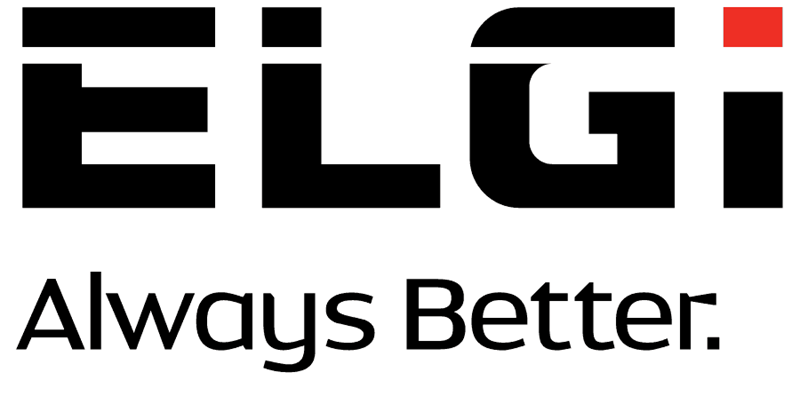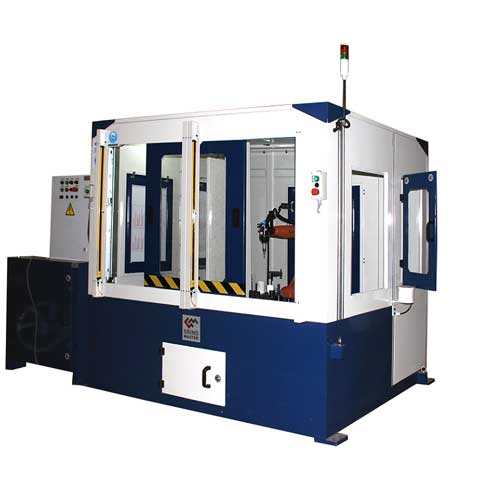Schedule a Call Back
Artificial intelligence made simple
 Technical Articles
Technical Articles- Jun 07,18

Related Stories

Elgi Equipments releases Q4 FY24-25 results
The company, on a consolidated basis posted a PAT of Rs 947 million for the quarter, compared to a PAT of Rs 913 million in the same period in 2023-2024, representing a growth of 4%.
Read more
Five ways to reduce your manufacturing facility's carbon footprint
In this article, Emily Newton delves into carbon-neutral techniques that can minimise environmental impact while still obtaining the benefits of more conventional operations.
Read more
o9 and Valeo to drive digital transformation with seven year partnership
This partnership between o9 and Valeo is the result of Valeo’s effort to consistently improve its operations for better competitiveness and enhanced service to its customers.
Read moreRelated Products

Robotic Deflashing of Aluminium Casting
Grind Master Robotic Deflashing Machine is an advanced and most reliable machine for Aluminium components. Robotic deflashing is a revolutionary technology developed by Grind Master Machines Pvt Lt Read more

Karmi Bot
Asimov Robotics offers a wide range of Karmi Bot.

Ductbot Compact Robotic Inspection System
Robosoft Systems offers a wide range of compact DuctBot robotic inspection systems. Read more












